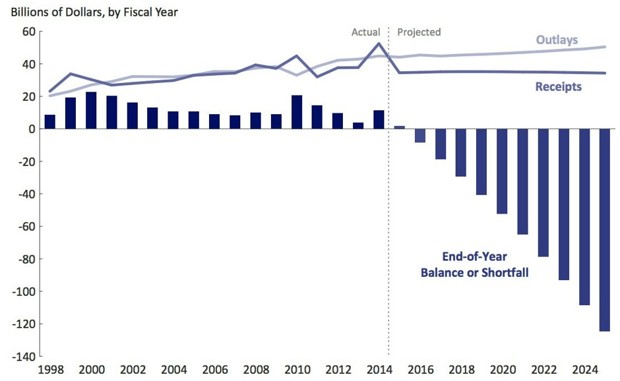By Eric Jaffee
CityLab
Oregon’s much-anticipated per-mile driving fee, called OReGO, launched. Instead of paying the normal gas tax embedded in the price of fuel, OReGO drivers will pay 1.5 cents for every mile on the road. The initial public rollout is limited to 5,000 vehicles, but the implications of the program are vast: if all goes well, state and federal leaders might have an answer to the transportation funding crisis that’s hampered American infrastructure for years.
Here’s 18 reasons the whole country should give per-mile fees a chance.
1. The Highway Trust Fund keeps running out of money
The federal Highway Trust Fund that pays for America’s roads (and to a lesser extent rails) is expected to run out of money at the end of July. We’ve seen this movie before, so we know that Congress will find a way to keep the fund afloat—even if that involves the legally dubious maneuver of transferring money from the general taxpayer treasury. But the past trends and future projections of the Highway Trust Fund make clear that it’s a badly bent spending model that’s routinely on the cusp of badly breaking.

2. Yet Congress and some states refuse to raise the gas tax
The federal gas tax hasn’t been raised since 1993. (And the last President to truly achieve that task was Ronald Reagan.) Some states have raised it recentlyout of desperation, though others remain desperately opposed; New Jersey’s gas tax is about half what it was in 1927. Elected officials on both sides of the aisle generally refuse to touch the issue for fear of political damage, despite polls showing that many voters would accept a hike.
Read full coverage here.


